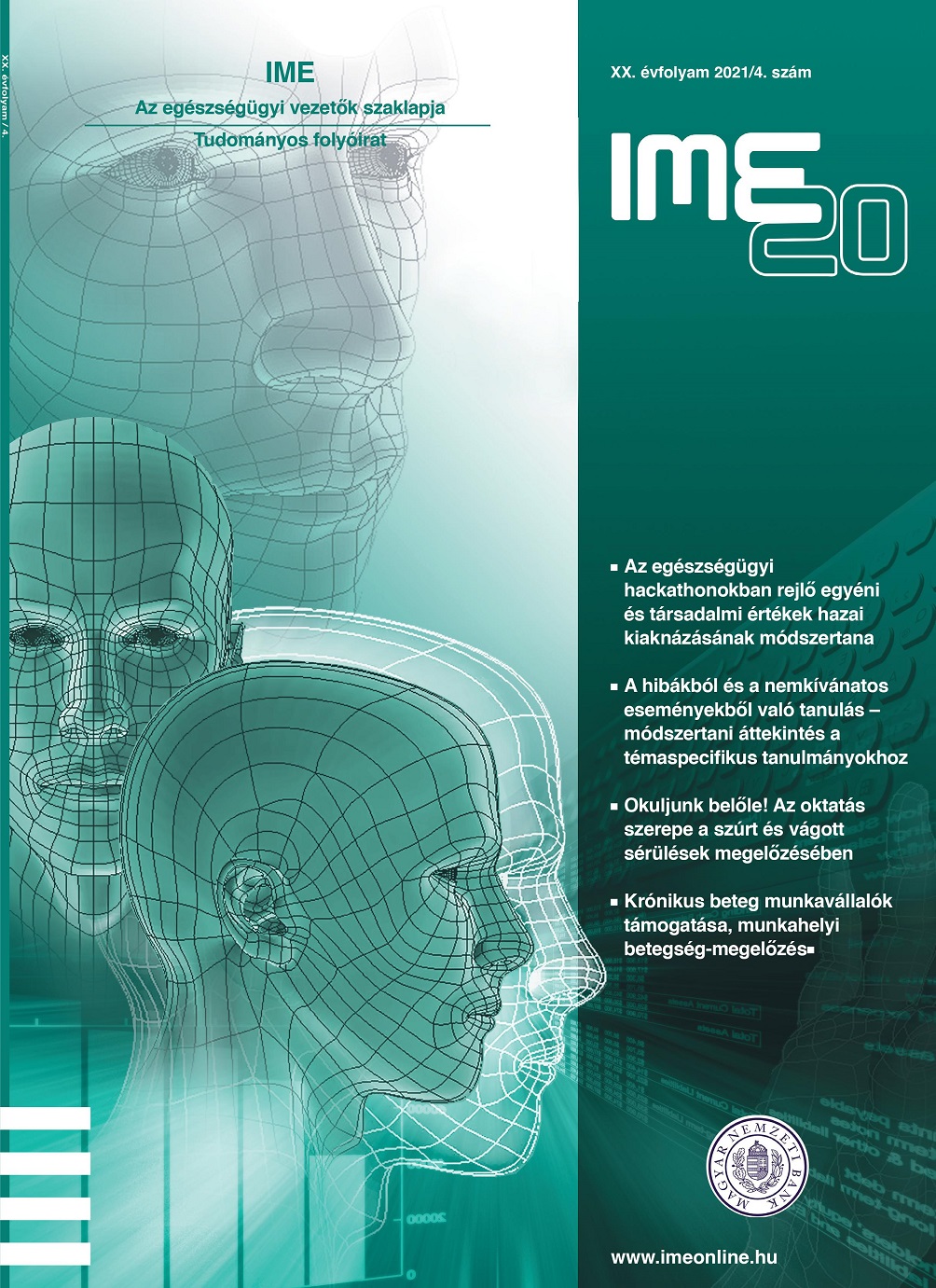Okuljunk belőle!
Az oktatás szerepe a szúrt és vágott sérülések megelőzésében
Absztrakt
Bevezetés: Az éles, hegyes eszközök okozta sérülések mindennapi kockázatként vannak jelen az egészségügyben dolgozók életében. A megelőzésük mind a sérülések elkerülése érdekében, mind pedig a fertőződés kockázata miatt fontos.
Célkitűzés: Közleményünkben megvizsgáljuk az éles, hegyes eszközök okozta sérülések megelőzését célzó oktatások eredményességének fejlesztési lehetőségeit a kutatási eredmények és a publikált szakirodalmak tükrében.
Módszer: A témában készült, 2020-ban megjelent kutatás, valamint az azóta publikált szakirodalmak alapján fogalmazunk meg javaslatokat az oktatások rendszerére és módszerére, valamint az oktatandó tananyagra vonatkozóan.
Eredmények: Az oktatás az ismeretek bővítésén és a viselkedés megváltoztatásán keresztül eredményesen alkalmazható a sérülések megelőzésében. A hazai kutatás eredményei azt támasztják alá, hogy a téma oktatása annak tartalmát és gyakoriságát illetően is fejlesztendő.
Megbeszélés: A jogszabálynak megfelelő tartalommal felépített oktatási anyag hangsúlyait célszerű az intézményben azonosított problémákhoz igazítani. A képzés megfelelő gyakorisága fontos eleme az eredményességnek. A javasolt képzési forma a helyszínspecifikus gyakorlati oktatás.
Következtetés: Az éles, hegyes eszközök okozta sérülések kockázatát önmagában egyetlen módszer sem tudja nullára csökkenteni. A megelőző intézkedéseknek azonban nélkülözhetetlen eleme a megfelelő oktatás.

This work is licensed under a Creative Commons Attribution-NonCommercial-NoDerivatives 4.0 International License.




